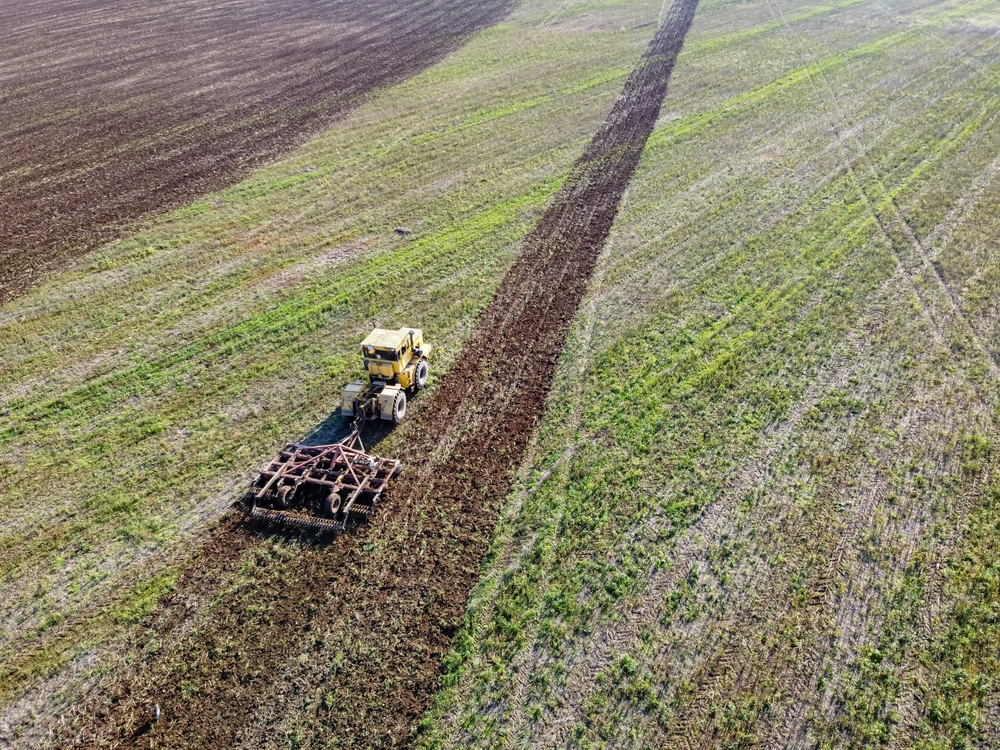From Harvest to Headlights: The Engineering Challenges of Preparing Heavy Equipment for an Oregon Winter

When the golden fields of Eastern Oregon fade into frost-covered stubble, a transformation begins—not just in the land, but in the work that keeps it productive. The shift from harvest season to the harsh, icy months ahead is a critical time for those in agricultural and mechanical engineering careers across the region. Heavy equipment—tractors, combines, loaders, and diesel-powered haulers—faces a test of endurance against freezing temperatures, heavy snowfall, and relentless wind. For professionals in mechanical engineer jobs in Lexington, OR, as well as heavy equipment engineers and diesel engine technicians, the challenge is as much about foresight as it is about repair. Winterizing agricultural machinery in this corner of the Pacific Northwest is a blend of science, engineering, and practical problem-solving, where success means keeping the lights of the farmyard and worksite glowing long after daylight fades.
The Eastern Oregon Winter: A Landscape of Engineering Challenges
Eastern Oregon winters are neither forgiving nor uniform. In Lexington and the surrounding plateau, temperatures regularly plunge below freezing, and heavy snowstorms can blanket the high plains with minimal warning. The conditions place extraordinary demands on agricultural machinery—diesel engines can struggle to start, hydraulics may seize, and lubricants lose viscosity, creating friction that stresses even the most robust systems. For those exploring agricultural engineer jobs in Oregon, the climate shapes not just the workday but the entire maintenance philosophy.
For heavy equipment engineers, preparation is a calculated balancing act between anticipating weather patterns and mitigating mechanical vulnerabilities. Cold weather affects fuel systems, electrical components, and even the steel itself, which contracts and changes its mechanical properties in sub-zero temperatures. The engineering solution often involves more than simply swapping out fluids or adding engine heaters; it requires designing maintenance protocols that align with the unique agricultural demands of Eastern Oregon’s winter schedule. Unlike regions where farming halts completely in winter, much of Oregon’s agricultural and construction machinery still sees active use, meaning downtime for preventive maintenance must be carefully scheduled and executed.
Diesel Engines in the Cold: Where Theory Meets Reality
Diesel engines are the workhorses of agricultural and heavy equipment operations, but cold weather is their natural adversary. For those in diesel engine technician jobs, the science of winterizing these machines is a mix of chemistry, mechanics, and practical experience. Diesel fuel thickens as temperatures drop, leading to clogged fuel filters and restricted flow. Add to that the increased cranking resistance of cold, thickened engine oil, and you have a machine that resists starting at precisely the moment it’s most needed.
In Lexington, OR, where winter mornings can be especially brutal, a diesel engine technician’s toolkit includes block heaters, fuel additives, battery warmers, and low-viscosity winter-grade oils. But the challenges extend beyond starting the engine. Once running, a diesel’s combustion process must remain efficient despite the cold, which affects air density and exhaust after-treatment systems. Engineers and technicians alike must account for thermal cycling—where repeated heating and cooling create expansion and contraction in engine components that can lead to fatigue over the season. This is where heavy equipment engineers collaborate closely with diesel specialists, designing component upgrades and specifying service intervals that reflect not just the manufacturer’s guidelines but also the lived reality of Oregon’s winters.
Hydraulics, Frames, and the Battle Against Material Fatigue
Beyond the engine, heavy machinery’s hydraulics are especially susceptible to cold-weather complications. Hydraulic fluids thicken, pumps strain, and seals become brittle, raising the risk of leaks and system failure. For those in mechanical engineer jobs in Lexington, OR, part of the winterization process is fluid specification—selecting hydraulic oils with pour points low enough to ensure smooth operation even when the machinery has been parked in sub-freezing conditions overnight.
The structural integrity of heavy equipment is also a concern. Agricultural engineers in Oregon understand that metal fatigue is accelerated in low temperatures due to increased brittleness and the stresses of working in frozen ground conditions. Snow removal attachments, front loaders, and even harvester components can experience stress fractures if not properly inspected and reinforced before winter sets in. Engineering teams use predictive maintenance strategies, sometimes employing non-destructive testing methods like ultrasound or magnetic particle inspection to detect micro-cracks before they become catastrophic failures. In a season where a single broken component can halt an entire operation, the ability to anticipate structural failures is a hallmark of experienced engineering careers in Eastern Oregon.
Designing Maintenance Protocols for Rural Accessibility
One of the less glamorous but critically important aspects of preparing heavy equipment for an Oregon winter is logistics. In rural areas like Lexington, access to parts, lubricants, and even skilled labor can be hindered by road closures or storm conditions. This creates a premium on preventive maintenance and on designing systems that can be serviced with the tools and resources available on-site.
For heavy equipment engineers and agricultural engineers alike, the approach often involves modularity—designing machinery so that critical components can be replaced quickly without dismantling entire assemblies. Diesel engine technicians in these regions also become adept at fabricating solutions from available materials, whether that means creating custom brackets for block heaters or retrofitting older equipment with improved cold-weather capabilities. Engineering foresight also extends to documentation—ensuring that operators have clear, accessible maintenance schedules and troubleshooting guides that don’t require specialized training to interpret. In many cases, this work is supported by collaborative networks of engineering professionals across Eastern Oregon, where knowledge-sharing can make the difference between a smooth winter season and costly downtime.
The Human Factor: Engineering Careers in Eastern Oregon’s Winter Work Culture
Behind every piece of heavy equipment enduring an Oregon winter is a network of professionals whose expertise bridges theory and application. Mechanical engineers in Lexington, OR, bring the analytical rigor to predict failures before they occur, while diesel engine technicians apply hands-on experience to keep machinery operational in the face of daily environmental challenges. Agricultural engineers play a dual role, ensuring that equipment design aligns with both crop cycles and the realities of the climate.
These roles aren’t just jobs—they are careers built on adaptability, problem-solving, and a deep understanding of the local environment. Engineering careers in Eastern Oregon offer a unique mix of autonomy and collaboration, where professionals often work independently on-site but rely on a broader community for specialized support. For those drawn to the intersection of agriculture, mechanics, and environmental adaptation, the work is as rewarding as it is demanding. Each successful season reinforces not just the machinery’s resilience, but also the resilience of the people who keep it running—turning the engineering challenges of an Oregon winter into a testament of skill, preparation, and endurance.
Conclusion
In the end, the journey from harvest to headlights is not just about surviving winter—it’s about engineering for it, embracing the challenges it brings, and ensuring that the engines of Eastern Oregon’s economy keep turning, no matter how deep the snow falls or how cold the wind blows.
